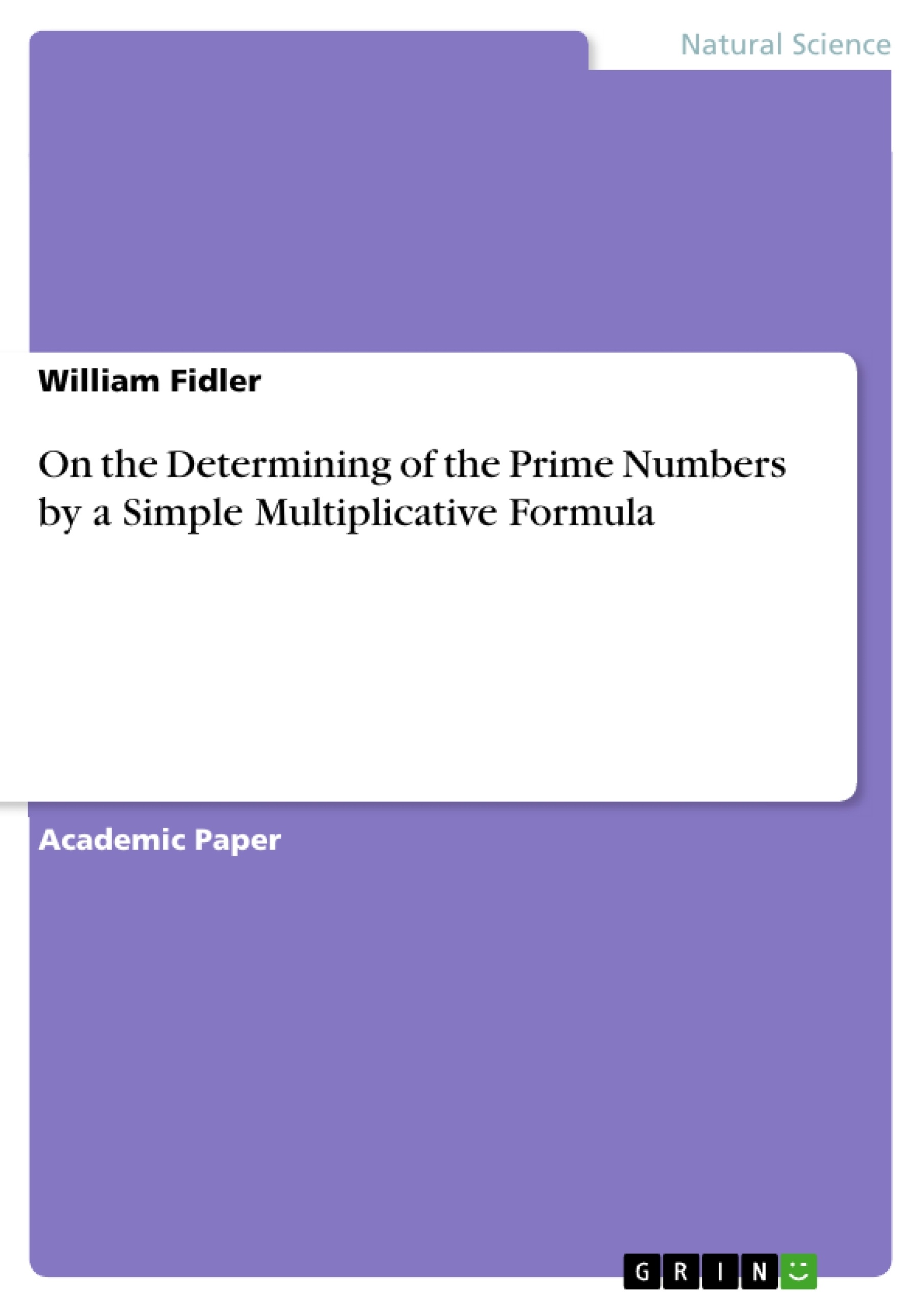In previous work we have shown conclusively that the prime numbers can only exist at particular locations in the range of the counting numbers. A method of investigating the primality of the numbers at these locations is developed here and uses only multiplication tables. A single equation is derived which, in a sense bifurcates into two slightly different forms upon the making of one term explicit.
We can even extend the simplest definition of a prime number expressed in [5] by the addition of the phrase ‘ and can only possibly be found in the range of the counting numbers at positions on either side of any number which is divisible by 6 ’.
Inhaltsverzeichnis (Table of Contents)
- Introduction
- Analysis
- The determination of the primality of a number
- Discussion
- References
Zielsetzung und Themenschwerpunkte (Objectives and Key Themes)
This work aims to demonstrate that prime numbers can only exist at specific locations within the range of counting numbers. It provides a method for examining the primality of numbers at these locations using only multiplication tables, departing from traditional sieve methods or trial division.
- The distribution of prime numbers
- The identification of potential prime locations
- A novel method for determining primality
- The relationship between prime numbers and multiples of six
- The concept of the Magic Matrix
Zusammenfassung der Kapitel (Chapter Summaries)
- Introduction: Introduces the concept of prime numbers as the "atoms of arithmetic" and highlights the long-standing quest to understand their distribution. It emphasizes the uniqueness of the proposed method, which focuses on identifying potential locations for prime numbers rather than sieving or trial division.
- Analysis: Presents the central claim that prime numbers can only exist at specific positions in the Magic Matrix. The chapter provides illustrative examples and emphasizes the simplification resulting from the Magic Matrix formation.
- The determination of the primality of a number: This section details the method used to verify the primality of numbers at the identified potential locations, utilizing only multiplication tables. It presents a single equation that bifurcates into two forms, allowing for effective analysis.
Schlüsselwörter (Keywords)
Prime numbers, Magic Matrix, multiplication tables, primality determination, number theory, counting numbers, potential locations, sieve methods, trial division.
- Quote paper
- William Fidler (Author), 2023, On the Determining of the Prime Numbers by a Simple Multiplicative Formula, Munich, GRIN Verlag, https://www.hausarbeiten.de/document/1371109


